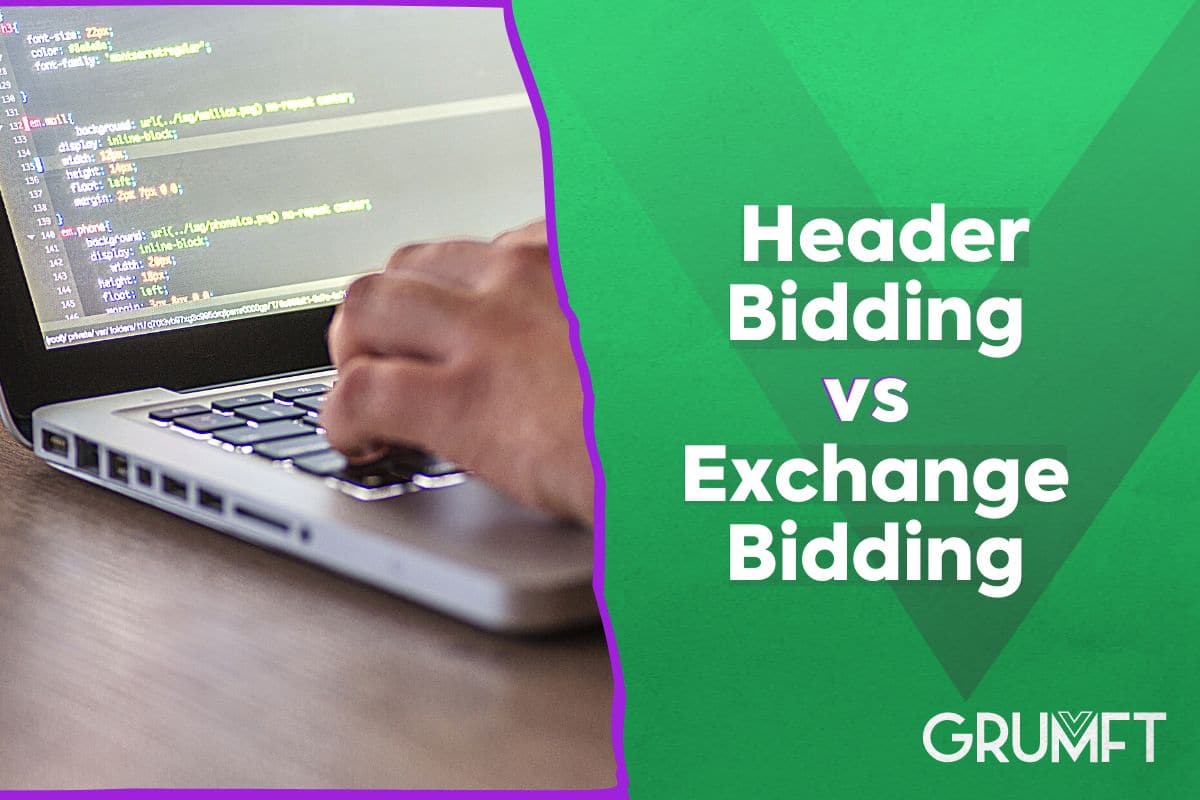The implementation and research of new means to invest in programmatic media are important to know and be able to work in the best way chosen for your website.
Header Bidding and Exchange bidding offer the fundamental essences of programmatic: Deliver the ideal Ad to the target audience, at the right time and with the best value for impressions.
These two tools are often cited in online advertising, so they generate many doubts for publishers. What is the difference between both? Which has a higher return? We will answer all of these questions in the article.
Index
What is Header Bidding?
Header Bidding, also known as Pre-bid, is a programmatic media monetization, where you can open and make available your prints inventory to several demand partners at the same time, in a horizontal way.
This type of auction happens in real time, on the client server side, and allows you to receive bids from the global ad exchanges and DSPs for your inventory.
The Pre-Bid is a method alternative to the “waterfall sequence” technology, it is the process of offering impressions to a sales channel, and what has not been sold, is passed on to another channel and so on.
What is Exchange Bidding (Open Bidding)
Exchange Bidding (Open Bidding or EBDA), is a media monetization process that allows publishers to increase their revenue, through a unified auction controlled by Google, where others partners also compete for the same inventory space.
Taking advantage of Google technology, the bid happens on the server side, that is, on Google Ad Manager platform (formerly DFP). All the process is executed in real time and allows the integration of programmatic demands such as SSP on the platform, making it more dynamic. The meaning of it is to simplify the process so that the publishers can work with different offers in one place, increasing the competitiveness.
Header bidding vs Exchange bidding
The implementation of the Header Bidding method has grown too much in the last few years, and in response to this growth, Google introduced another monetization method, Exchange Bidding (EBDA).
Both proposals have their own pros and cons:
Header Bidding is a completely transparent process for publishers, it can be edited and customized by the editors, it can also maximize your earnings.
On the other hand, this technique has complexities with the implementation, because it needs to insert the code in the HTML header of the website. The process also suffers from increased page latency, making it take a longer time to load.
Unlike Open Bidding, the EBDA auction takes place on the server side and therefore the process is faster, decreasing the latency of the page and the Ads. As the procedure is unified, the method is easy to implement, making it easier for publishers to work with it in a simplified way.
Although the great advantages, EBDA also has disadvantages, due to the unified auction taking place on the Ad Manager platform, the entire process is hidden from publishers, who can only see the results after completion.
It is remarkable to see that there are no methods that do not have their disadvantages, so there is no right or wrong technique. Based on the factors mentioned during the article, it is up to you to study and implement the way that most identifies yourself.
Did you like the content? So follow our blog with news and information every week. Follow us too on Facebook, Twitter, Instagram and Linkedin.





